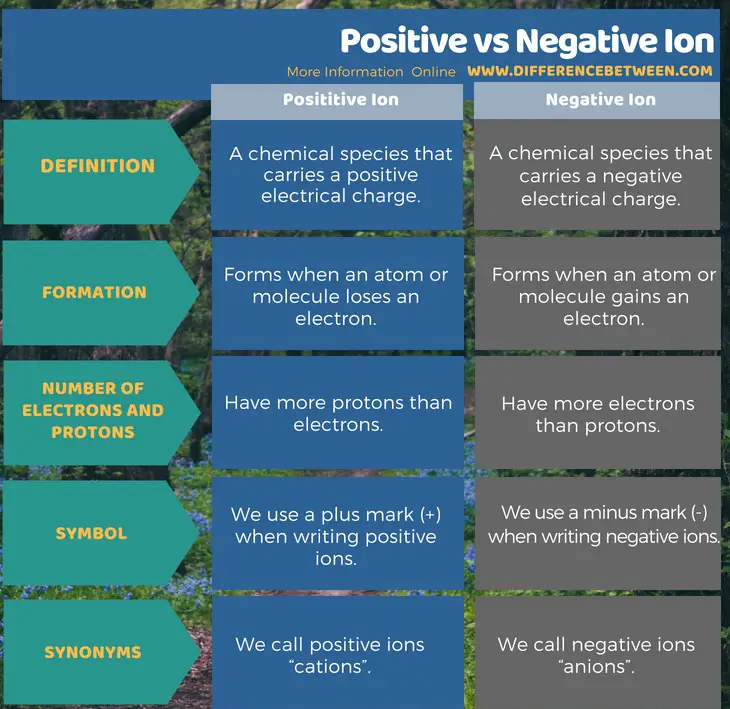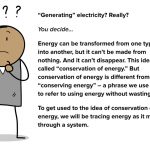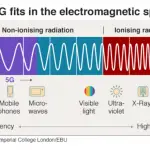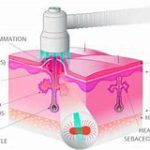Last Updated on 1 year by Francis
We are all familiar with the concept of ions, but do you know the difference between positive and negative ions? Positive ions have a positive electrical charge and negative ions have a negative electrical charge. In this article, we will discuss the differences between positive and negative ions and how these ions affect our everyday lives. We will also explore how these ions can be harnessed for various uses, from air purification to energy production. By the end of this article, you will have a better understanding of the differences between positive and negative ions and how these ions can be used to benefit us.

Contents
What are Positive and Negative Ions?
Ions are atoms or molecules that have gained or lost an electron, and therefore have a net positive or negative charge. Positively charged ions are called cations, while negatively charged ions are called anions. Ions can exist in the air, or in liquids, and can have a variety of effects on the environment and on biological systems.
Positive and negative ions are created naturally from the breakdown of molecules in the atmosphere. Positive ions are created through the splitting of molecules due to ultraviolet radiation, lightning, and other natural phenomena. Negative ions, on the other hand, are created when molecules split due to the presence of oxygen.
Positive and negative ions also occur in nature in the form of air ions. Air ions are particles of air that have been charged by the motion of air molecules. Air ions can be either positively or negatively charged, depending on the type of air molecule that has been charged.
How do Positive and Negative Ions Affect the Human Body?
Positive ions can be harmful to the human body, as they can cause irritation to the eyes and respiratory system, as well as headaches and fatigue. Negative ions, on the other hand, are beneficial to the human body, as they can increase energy levels, reduce stress, and improve moods.
Negative ions can also help to improve air quality, as they can help to reduce the presence of pollutants and other particles in the air. Negative ions can also help to reduce the amount of dust, pollen, and other allergens in the air.
Negative ions can also help to improve the human immune system, as they can help to reduce inflammation and increase the body’s ability to fight off infections. Negative ions can also help to reduce the risk of cardiovascular disease and other health problems.
How do Positive and Negative Ions Affect the Environment?
Positive ions can have a detrimental effect on the environment, as they can contribute to air pollution and the degradation of air quality. Positive ions can also affect the ozone layer, as they can react with ozone molecules and contribute to ozone depletion.
Negative ions, on the other hand, can improve air quality, as they can help to reduce pollutants and other particles in the air. Negative ions can also help to reduce the amount of dust, pollen, and other allergens in the air.
Negative ions can also help to reduce the risk of acid rain, as they can help to neutralize acidic compounds in the atmosphere. Negative ions can also help to reduce the presence of smog and other air pollutants, as they can help to reduce the level of particulate matter in the air.
How do Positive and Negative Ions Differ?
The most obvious difference between positive and negative ions is their charge. Positive ions are positively charged, while negative ions are negatively charged.
Positive ions tend to be more reactive than negative ions, as they are more likely to interact with other molecules and atoms. Negative ions, on the other hand, are less reactive, as they are less likely to interact with other molecules and atoms.
Positive ions are more likely to be found in air particles that are close to the ground, while negative ions are more likely to be found in air particles that are high in the atmosphere. Negative ions are also more likely to be found in areas with high levels of humidity.
Conclusion
Positive and negative ions are atoms or molecules that have gained or lost an electron, and therefore have a net positive or negative charge. Positive ions can be harmful to the human body, while negative ions can be beneficial. Positive ions can also have a detrimental effect on the environment, while negative ions can help to improve air quality and reduce the presence of pollutants. The most obvious difference between positive and negative ions is their charge, with positive ions being positively charged and negative ions being negatively charged.
Top 6 Frequently Asked Questions
What are Positive Ions?
Positive ions are electrically charged particles that have more protons than electrons. They are created when an atom or molecule gains an extra electron, which then gives it a negative charge. Examples of common positive ions include sodium (Na+), potassium (K+), calcium (Ca2+), magnesium (Mg2+), and chloride (Cl-). Positive ions are naturally found in the atmosphere and can be created artificially by using electric fields or through chemical reactions.
What are Negative Ions?
Negative ions are electrically charged particles that have more electrons than protons. They are created when an atom or molecule loses an electron, which then gives it a positive charge. Examples of common negative ions include oxygen (O2-), nitrogen (N3-), and carbon dioxide (CO2-). Negative ions are naturally found in the atmosphere and can be created artificially by using electric fields or through chemical reactions.
What are the Benefits of Positive and Negative Ions?
Positive ions can be beneficial for the body because they can help to reduce inflammation and improve mood. Negative ions can help to improve air quality by removing particles from the air, such as dust and pollen. Negative ions can also help to reduce stress and improve focus.
What is the Difference Between Positive and Negative Ions?
The main difference between positive and negative ions is that positive ions have more protons than electrons, while negative ions have more electrons than protons. Positive ions are usually created when an atom or molecule gains an extra electron, while negative ions are usually created when an atom or molecule loses an electron.
Where are Positive and Negative Ions Found?
Positive and negative ions are both naturally found in the atmosphere. They can also be created artificially by using electric fields or through chemical reactions. Positive ions are found in higher concentrations near industrial areas and in polluted air, while negative ions are found in higher concentrations near waterfalls and in nature.
How Do Positive and Negative Ions Affect Us?
Positive ions can have a negative effect on the body, as they can cause fatigue, irritability, and headaches. Negative ions can have a positive effect on the body, as they can help to reduce stress, improve air quality, and improve mood. It is important to maintain a balance between positive and negative ions in order to achieve optimal health.
💯 Ion Formation #1/2 Positive Ions Negative Ions | Chemical Earth
In conclusion, understanding the differences between positive and negative ions is essential. Positive ions are molecules that have lost an electron, while negative ions are molecules that have gained an electron. Positive ions are known to cause air pollution, while negative ions are beneficial for air quality. Positive ions can have an effect on our mental and physical health, while negative ions can have a calming effect and help to improve our mood. Ultimately, it is important to be aware of the differences between positive and negative ions so that we can make informed decisions about how to protect our health and environment.



.jpg)




